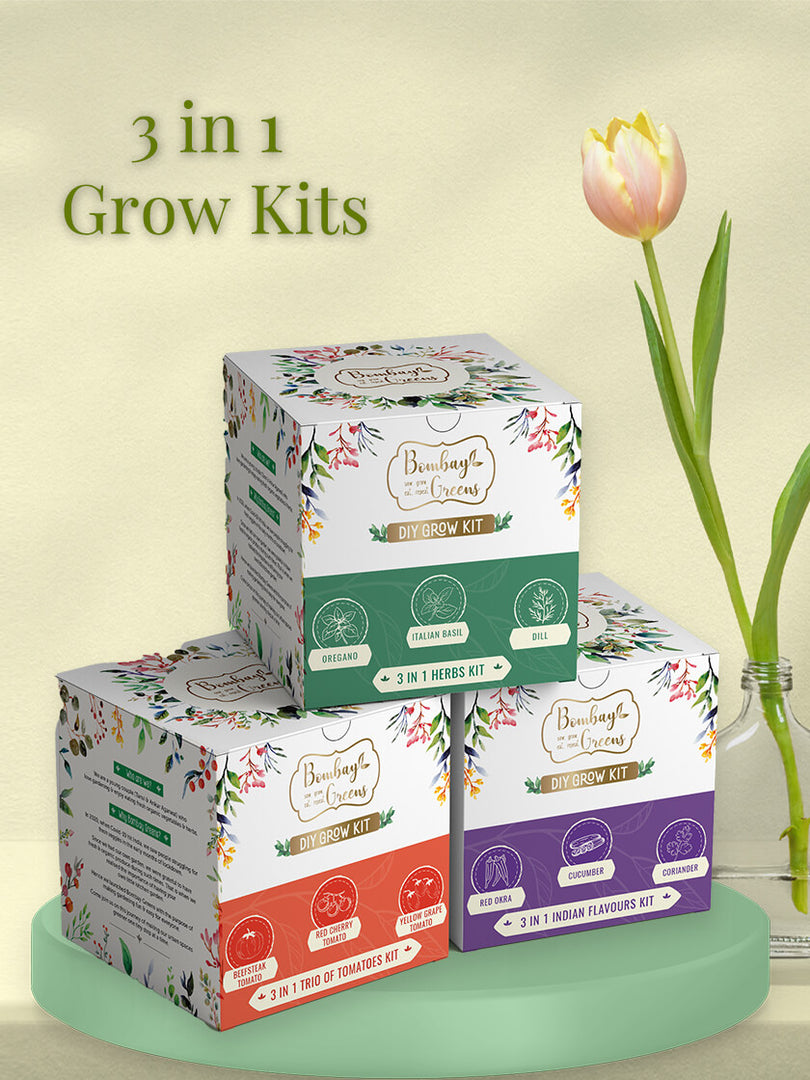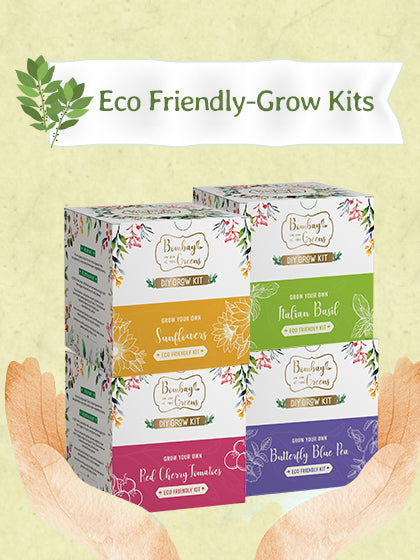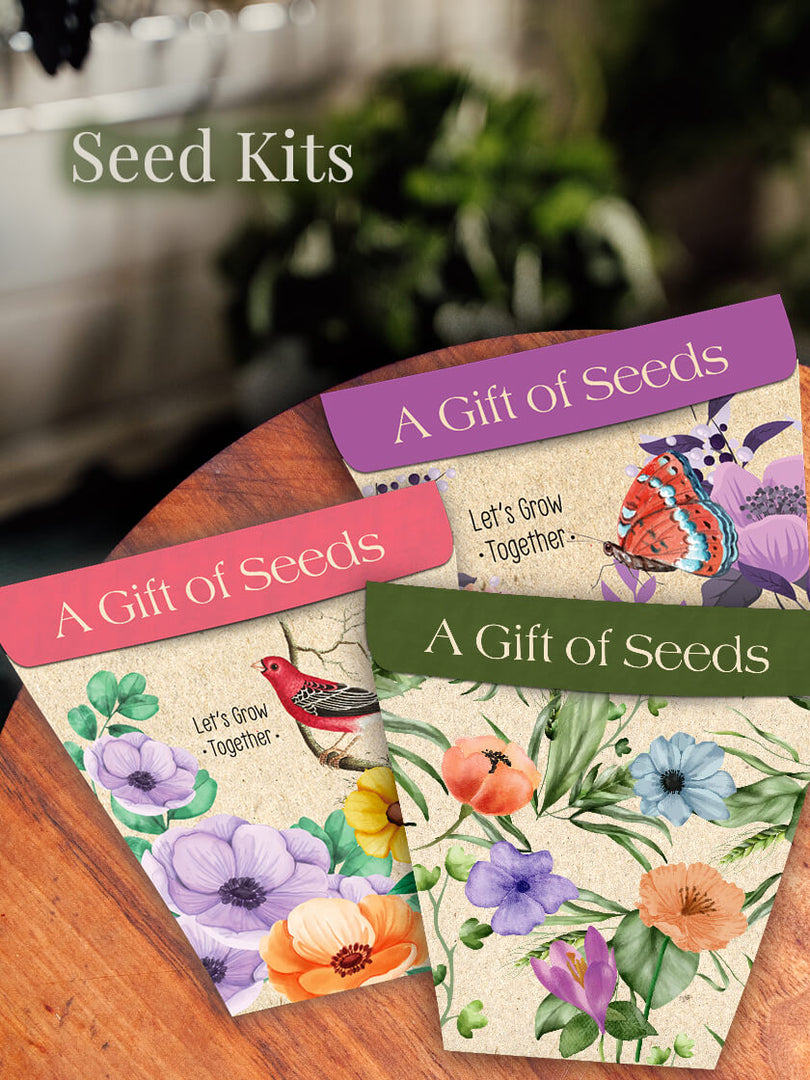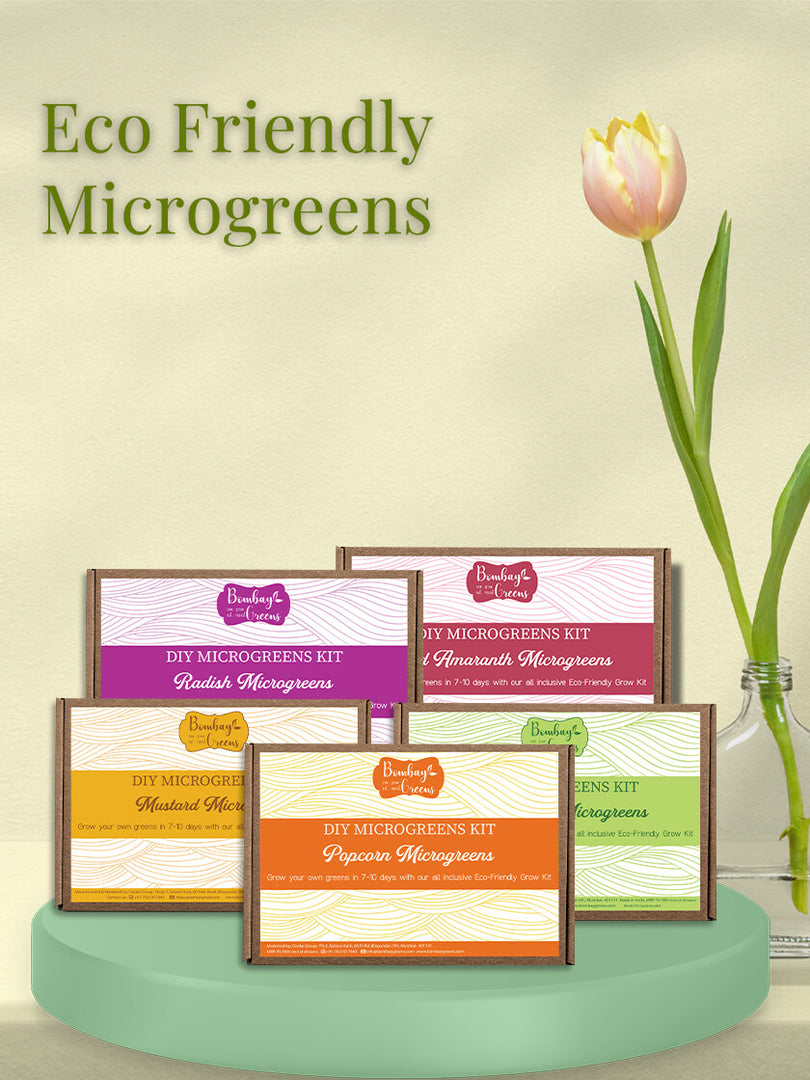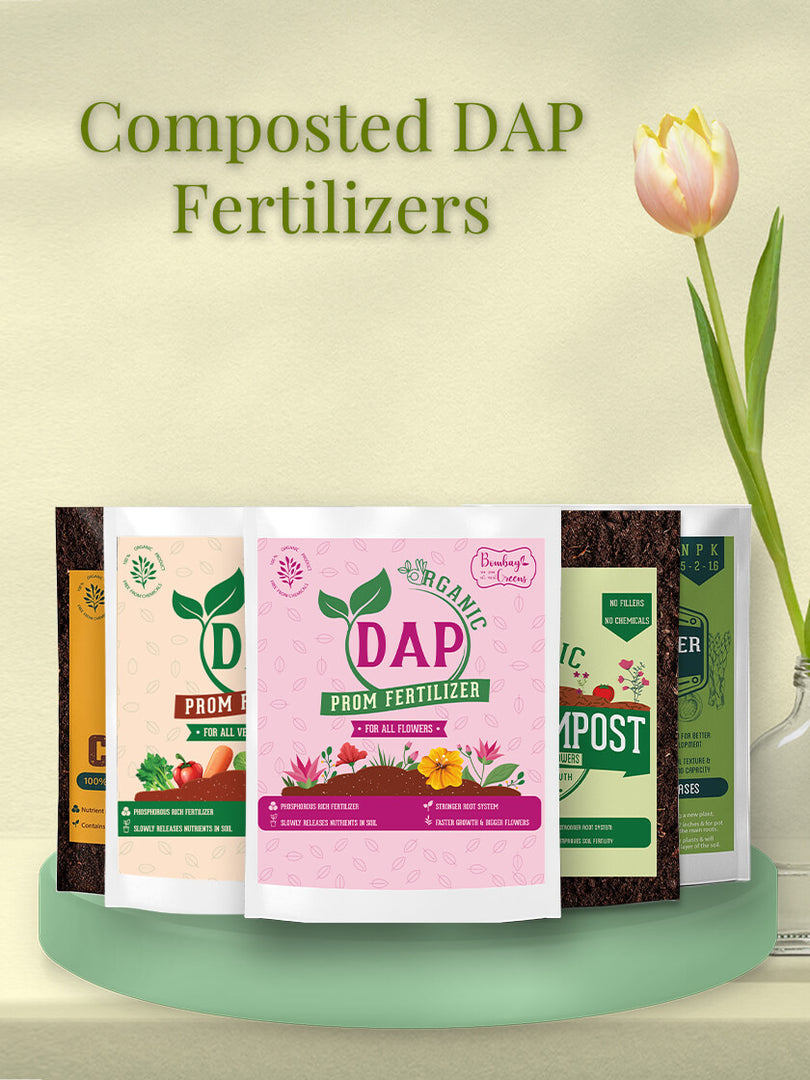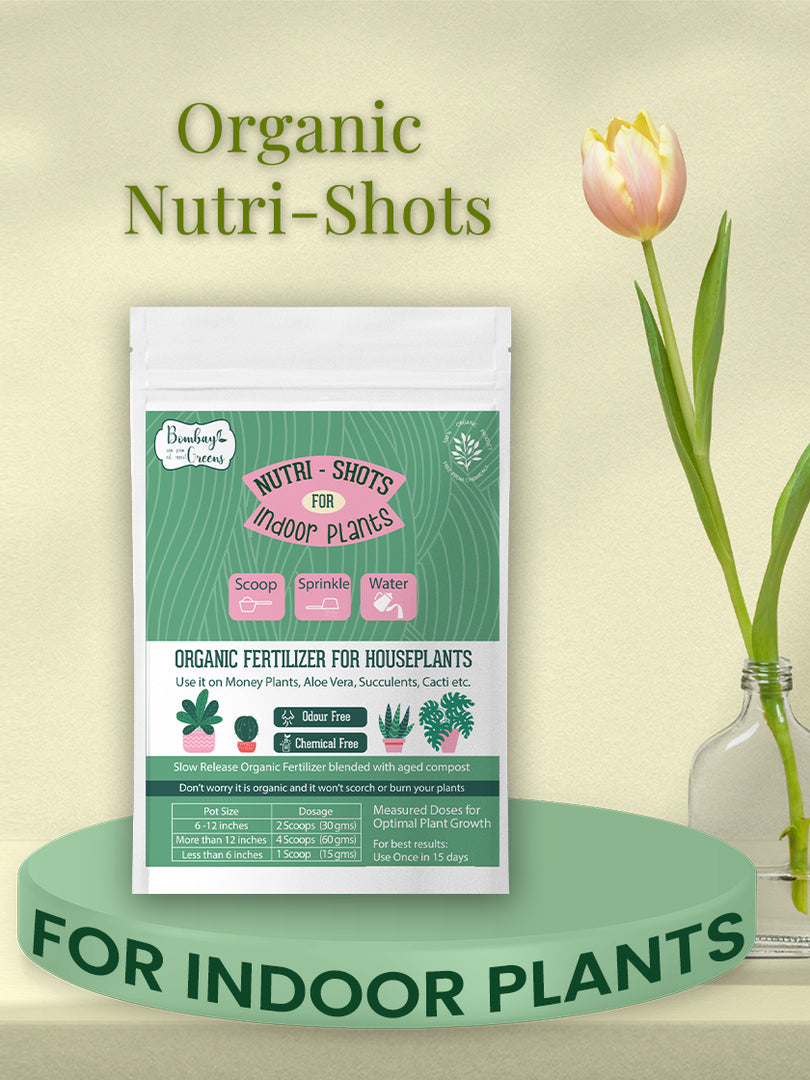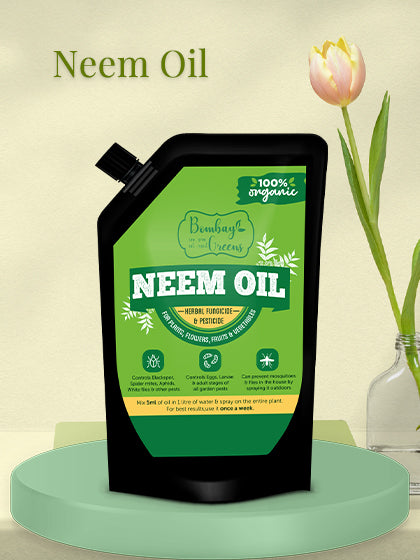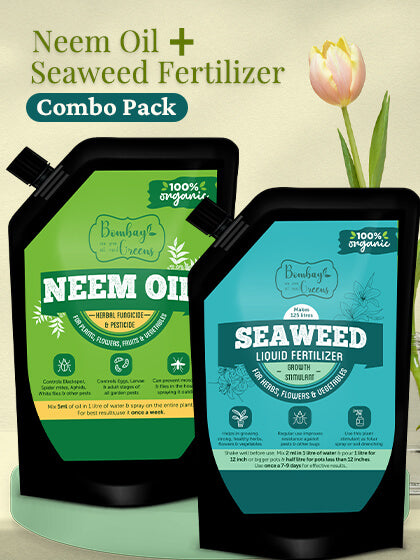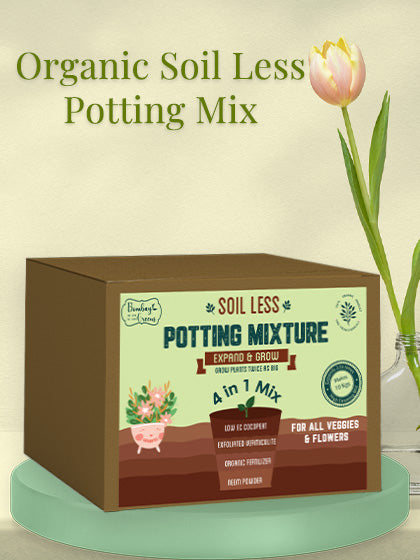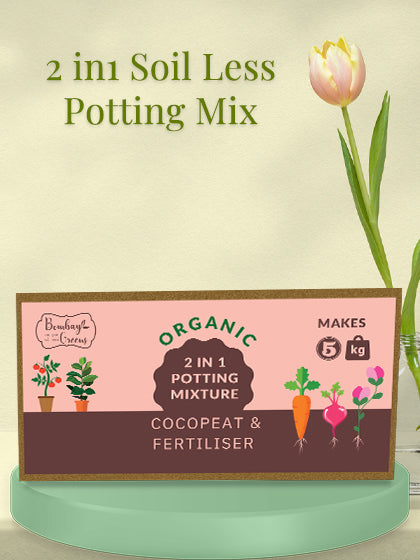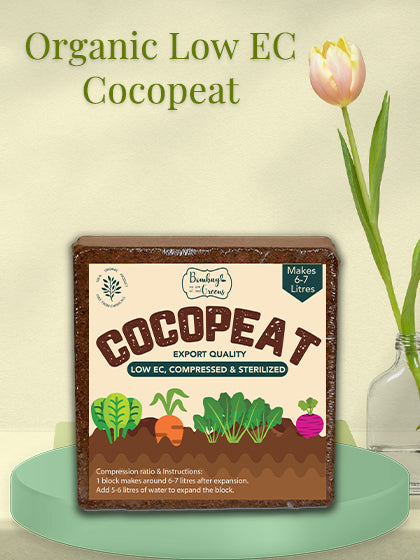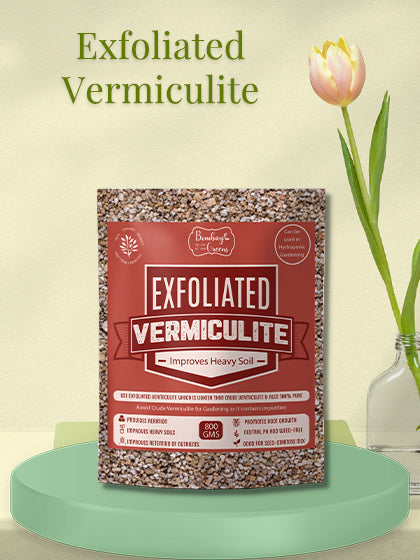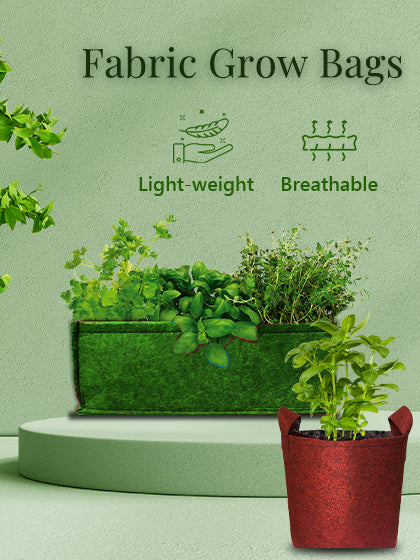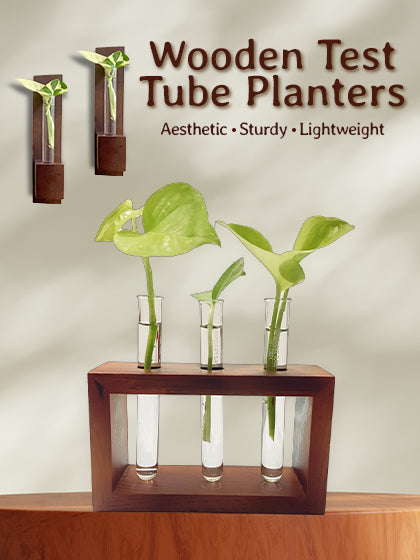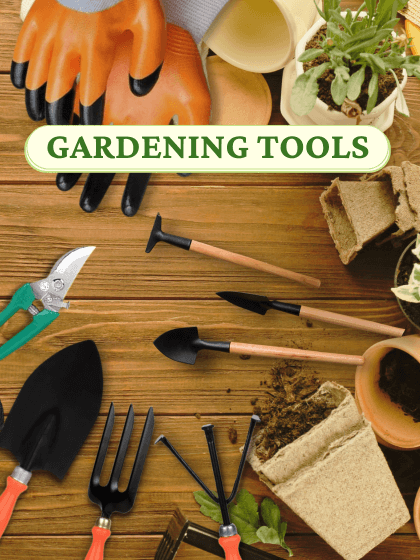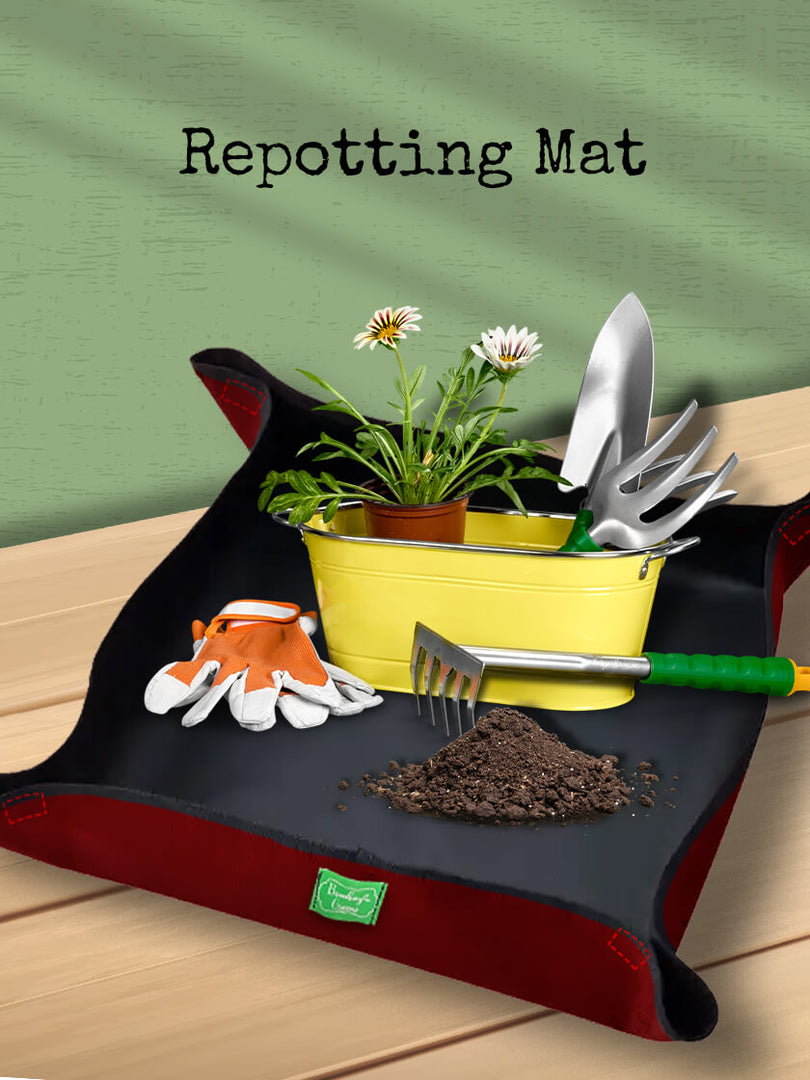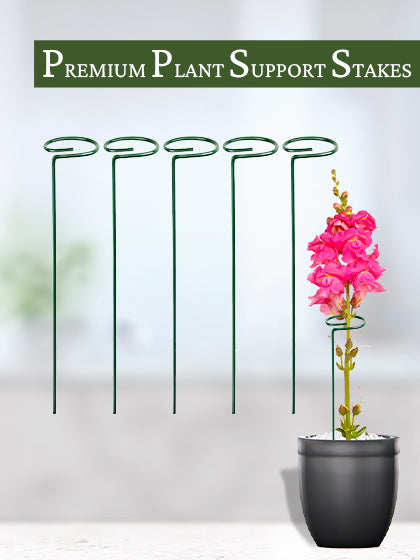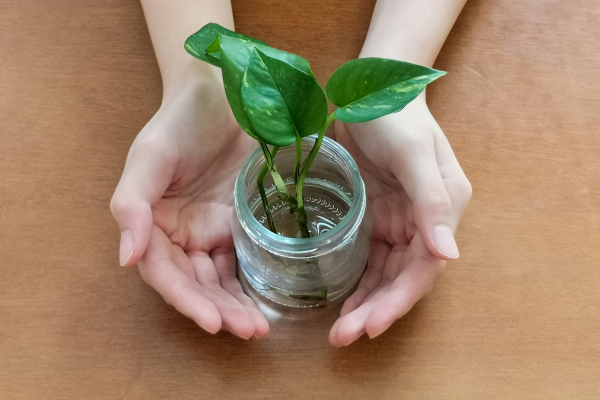Monsoon brings a huge relief from the scorching heat to us and our plants! However, maintaining green and healthy plants in monsoon can be a challenge. Indoor house plants or low light plants require special care during the rainy season. Lack of sunlight, root rot due to excessive water logging, and monsoon pests can be some of the major challenges in keeping your plants healthy in the rainy season.
However, we are here with expert tips to keep your low light indoor plants healthy during the monsoon season.
In this blog, we will explore various low light plants that are well suited for the monsoon, that you can bring into your home. We will also discover various tips for maintaining healthy houseplants.

| What's in the article: |
Top 5 Monsoon Friendly Low Light Indoor Plants
Low light indoor plants are plants that do not require direct sunlight for optimal growth. These plants can survive with a few hours of indirect sunlight. Here are some plants that like low light that you can have in your house.Back to top-
Snake Plant
Also known as mother-in-law's tongue, this is one of the best houseplants for low light conditions. Snake plant is a low maintenance plant that can grow even without any sunlight. It is a drought-tolerant plant, and you do not need to water it frequently. With the high humidity in the environment during monsoons, you can skip watering this plant for the entire rainy season. It will thrive on the moisture from the atmosphere. Just remember to plant it in a terracotta pot or fabric grow bags, instead of a plastic pot. This plant has huge leaves that look very attractive, making it perfect for home decor.
-
Pothos
Commonly known as money plant, pothos can grow vigorously during monsoon season, owing to the high humidity. Pothos have aerial roots that help the plant absorb more moisture. Moreover, it can thrive in low light, which makes it the perfect low light plant for monsoon.
There are multiple varieties of pothos like golden pothos, pothos n’joy, neon pothos (brightly coloured leaves) and marble queen (white and green leaves). It also releases a lot of oxygen, making it perfect for indoor settings.
-
Spider Plant
Chlorophytum comosum or spider plant enjoys high humidity, and it can grow in indirect light. This makes it ideal for the monsoon. It is a resilient plant and you can care for it, even if you are a beginner.
-
ZZ Plant
ZZ plants are drought-tolerant and can survive in indirect sunlight, making them ideal for indoor environments even when it's rainy outside. It is an easy-to-care-for plant, as it does not require frequent watering.
-
Philodendron
Philodendrons are known for their lush foliage making them a beautiful addition to your home. Moreover, they prefer indirect light and a humid environment, which makes them ideal for the monsoon season. Philodendrons are available in a variety of shapes and sizes, making it a favourite amongst house plant enthusiasts. You can opt for small leaf varieties like heartleaf philodendrons, Brasil philodendrons that have variegation of light and dark green, and Micans that have reddish maroon stems, perfect to add some colour to your indoor settings.

How to Keep Your Indoor House Plant Healthy and Happy This Monsoon
Here are some tips to care for your indoor house plants this monsoon:- Do not overwater your plants: The atmosphere is already humid in monsoons which does not allow the soil to completely dry. In such conditions, watering your plant without letting the soil dry can lead to root rot.
- Look out for pests: Monsoon can bring many insects and pests into your home. Carefully check for aphids and spider mites in your plants. If you find them, spray neem oil and soap water mixture on the insects to remove them.
- Mould and mildew protection: Moist soil can be an invitation to fungal growth, leading to mould in your pots. To avoid this, add turmeric and cinnamon powder to your plants, along with ensuring proper drainage in the soil.
Essential Tips for Maintaining Low Light Plants
Low light indoor plants can grow in indirect sunlight, but they still require some light for photosynthesis. Here is how you can maintain your indoor plants even if your room does not get enough sunlight:- Bring your plants outside once or twice a month to give them direct sunlight. This would keep the plant healthy and also prevent any fungal growth in the soil.
- Regularly remove the yellowing leaves from the plant.
- Consistently water your indoor plants. Always check the soil before watering to ensure that your plant is not sitting in water-logged soil.
- Add slow-release Organic Fertilizer for Indoor Plants to ensure proper nutrition.
- If your home does not get any sunlight, invest in a grow light! It is an artificial light that replicates the spectrum of sunlight, allowing your plants to perform photosynthesis.

Conclusion
Bombay Greens is a one-stop shop for all your gardening needs. From potting soil mix to seed kits, you can get all your garden supplies from Bombay Greens. We aim to make gardening accessible and affordable in urban settings. Check out our website for more gardening products. Back to topFAQ's
-
How often should I water plants in monsoon?
Avoid watering your indoor plants frequently in the monsoon. Poke a chopstick to check if the soil has dried out, before watering the plant. -
Do indoor plants require special care in the monsoon?
Yes, low light indoor plants need a little extra care in the monsoon, to prevent root rot, over watering and pest infestation. -
Can my indoor plants get infected by any pests during monsoon season?
Yes, aphids and spider mites are very common pests in the monsoon season. Your potted plant can also get infested by ants in monsoon, as they try to get shelter in the soil. You have to be vigilant during the rainy season to keep your indoor plants healthy.

Tanvi Agarwal - Co-founder
Driven by a deep-seated love for nature and a keen entrepreneurial spirit, she co-founded Bombay Greens, transforming urban spaces into thriving green havens. Recognizing the need for accessible and sustainable gardening solutions in the bustling city, she poured her passion into building a brand that empowers individuals to cultivate their own green spaces, regardless of their location or experience. Her vision extends beyond simply selling gardening items; it's about fostering a community connected to nature, one balcony, rooftop, and windowsill at a time.
Back to top

